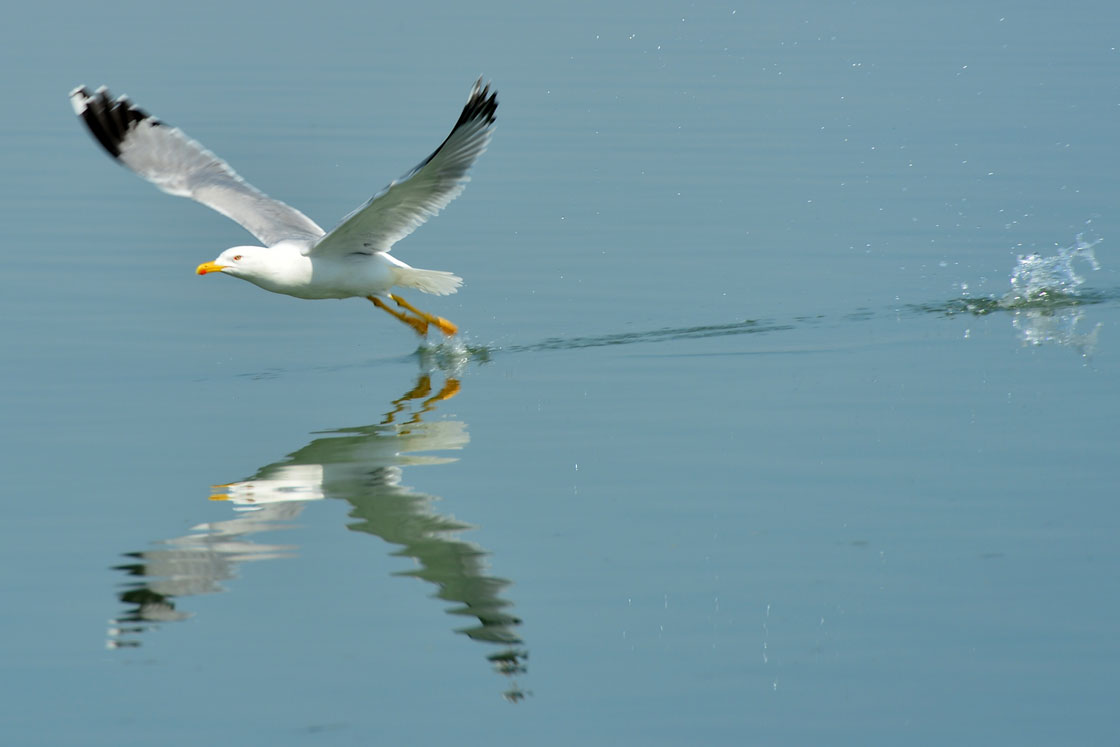A father-and-son team of biologists say flocks of environmental monitors are the best way to keep track of the increasing chemical contamination of the world’s oceans.

But these monitors aren’t lab-coated scientists — they’re seabirds, whose wide-ranging flights make them a cheap and effective way to gather information over vast stretches of ocean that would be prohibitively costly to visit.
“In an afternoon at a seabird colony, for a hundred dollars in gas, you can get information that would cost hundreds of thousands of dollars and lots of time by boat,” said Kyle Elliott of the University of Manitoba.
Elliott co-wrote a paper that appeared Thursday in the journal Science with his father John, an Environment Canada scientist.
They argue that seabirds are made-to-order lab assistants, as they pick up traces of whatever’s in the local environments they fly over in their wide-ranging migrations.
“If you get a bird that winters off the coast of Mexico and you have a feather that was grown during that period, you have information about what’s going on in Mexico,” Elliott said.
Some seabirds feed over the open ocean, some along the continental shelf and some in close to land. Each, through its tissues and eggs, opens a window into what’s happening in that environment.
By comparing modern samples to samples kept in storage and in museums, birds can also illuminate how things have changed, said Elliott.
- Freeland set to table 2024 federal budget in the House of Commons
- All a-boot tradition: A look at finance ministers’ budget shoes through the years
- Inflation ticked higher in March. Are Bank of Canada rate cuts still in the cards?
- Food service strike: Air Canada, WestJet refine menus at Toronto Pearson
Many countries, including Canada, already conduct bird-sampling studies. It was through bird samples that scientists confirmed increases in contaminants such as mercury.
But Elliott says new technology, such as tiny, solar-powered GPS units transmitting data to satellites, has made such research even more useful. Better techniques allow scientists to wring more information from their samples, including the geographic source of contaminants.
As well, the need is increasing as the chemical and contaminant load in the oceans increases. Even banned chemicals continue circulating in the environment for decades, eventually migrating into the oceans.
Hundreds of different types of plastics are regularly found in seabird stomachs.
“With thousands of new chemicals introduced annually, some will inevitably slip through the regulatory net to become the next persistent global contaminants,” reads the paper. “There is thus a continuing need for efficient monitoring.
“It seems inevitable that there will be a need to track contaminants and assess their impact on marine wildlife long into the future.”

Comments